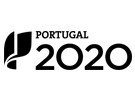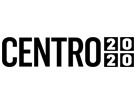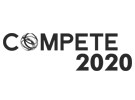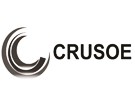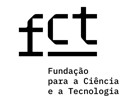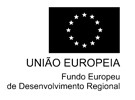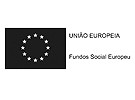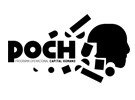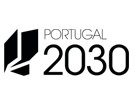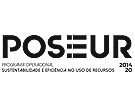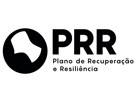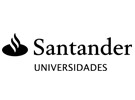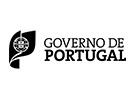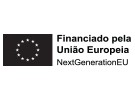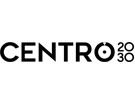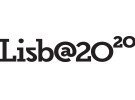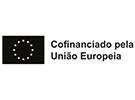



Publication in the Diário da República: Despacho nº 10072/2012 - 25/07/2012
4 ECTS; 1º Ano, 2º Semestre, 30,0 TP + 5,0 OT , Cód. 964535.
Lecturer
- Maria Teresa da Luz Silveira (1)
(1) Docente Responsável
(2) Docente que lecciona
Prerequisites
Not applicable.
Objectives
Development of capacities for the comprehension of general chemistry and its application in the photographic processes. Comprehension of the chemical variables within the revelation process.
Program
Theoretical component:
1 - Ionic balance: acid-base systems Bronsted-Lowry and Ahrrenius. The auto-ionization of water. The concept of pH. PH measurement: indicators and meters. PH electrode sensor. The reference electrode. Operation of the combined electrode. Temperature effect on the pH measurement. Calibration of the pH meter.
2-Oxidation-reduction: Oxidation-reduction reactions; Redox reaction adjustment; Electrochemical cells; Standard reduction potentials.
3-Chemistry of black and white photography: BW film Constitution. photochemical mechanisms of image formation; Formation of the latent image; Variation of the photosensitivity of silver salts with the wavelength of the radiation; Mechanism of spectral sensitization; Orthocromia, pancromia and infrared sensitization ; most common sensitizers. Revelation; Chemical agents of revelation (reducers); Acid-base balance of Hydroquinone; redox balance of hydroquinone; metol; the development mechanism; The shape of the grain metallic silver after development; physical development and chemical development; The superaditivity; alkali agents; antioxidants; Restrainers; Other agents; The particular case of sodium sulfite; Examples of the developing solutions. Stop bath. Fixation; Fixation mechanism; Composition of the fixing bath. Turning. Washing.
Practical component:
Practical work of production and optimization of the operating conditions of a solution of developing agent. The optimization is performed by studying the following process variables on the development of a paper positive:pH, development time and concentration of the developing solution.
Evaluation Methodology
Continuous evaluation
Approval in the course depends on the experimental execution of all practical assignments and the delivery of the respective reports (P,40%) and the accomplishment of a written test on the theoretical subject (T,60%).
Final evaluation
The final assessment consists of a written test, at any time, on the theoretical subject (T).
The final classificatin of both the continuous assessment and the final assessment will be the weighted average of the two components according to the formula: CF=0.6T+0.4P
The practical assessment is valid for the academic year in which it is perfomed and for the next academic year.
Bibliography
- Atkins, P. (1989). General Chemistry. Nova Iorque: Scientific American
- Chang, R. e Goldsby, K. (2013). Química. New York: McGraw Hill
- Hirsch, R. (1991). Photographic Possibilities ? The expressive use of ideas, materials and processes. Boston: Focal Press
- Stroebel, L. e Compton, J. e Current, I. e Zakia, R. (2000). Basic Photographic Materials and Processes. Boston: Focal Press
Teaching Method
Lectures and laboratory classes in which the students will learn how to manage the chemical processes variables.
Software used in class
Not Applicable.
